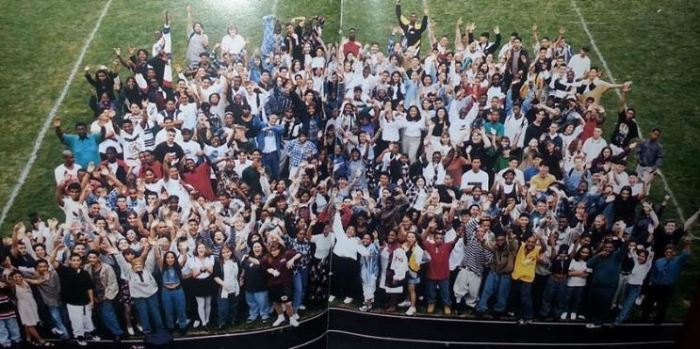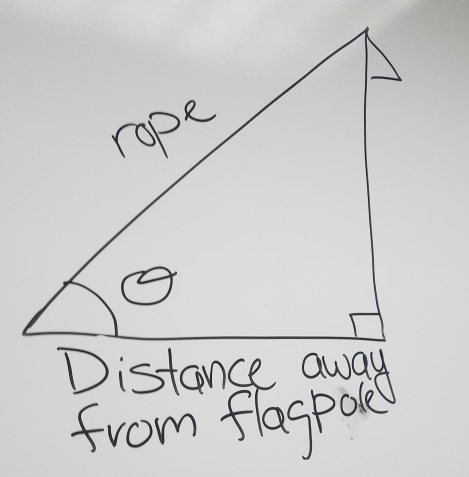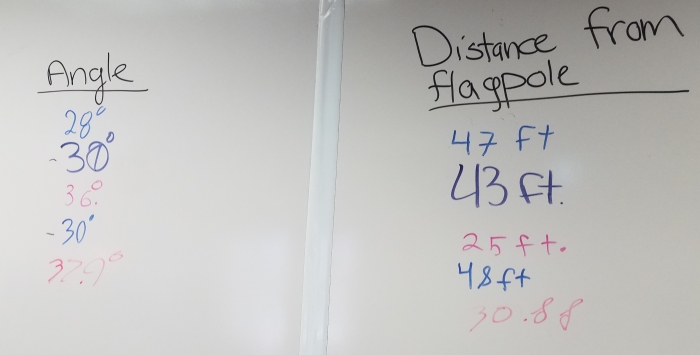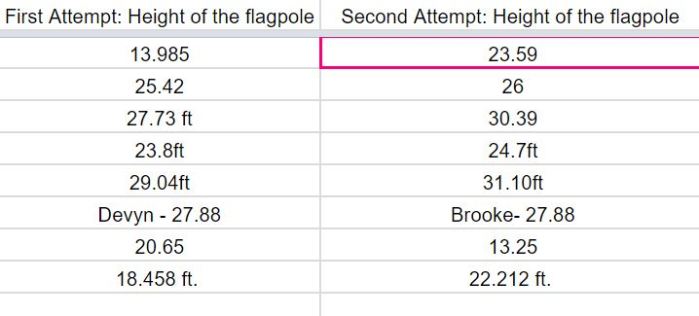It needs to feel authentic
They need to get captured in the intensity of the moment. They need to feel that they are a part of the development of the situation. As much as possible, I need them to ask the questions, not the other way around.
The Waiting Game by Mathalicious
I choose this lesson on Valentine’s day as a preview to our probability unit. The premise of the lesson is to determine how many people a person should seriously date before committing to a partner for the rest of their lives.
The lesson plan as written begins with a very involved handout that lists all of the possible orderings of dating 4 different people: 1234, 1243, 1342, etc… Students are supposed to consider how frequently the end up with their number 1 partner if they choose to commit to their first love compared to if the break up with the first, but then commit to their second person that is a better match than the first, or the third, or wait for mate number 4.
I checked the reflect tab of the Mathalicious lesson to see if there was any thoughts from other teachers:

I thought:

How I adapted the lesson
I did not use the complicated student handout. They need to own this.
I opened the lesson by talking about love. I asked students if they thought they should marry the first person they fell in love with. I showed them some published advice column letters. They debated the advice they would give in each scenario. We talked about the episode of Friends where Rachel and Ross are on a break.
Students had intense opinions.
Quiet students who rarely speak up in math class gave thoughtful reflections.
We invested a good 20 minutes on the buy-in. It got to the point that students were asking; “Is this what we are doing today?” “How is this math?”
Then I asked: “Let’s assume there are 4 people you may fall in love with. If you marry the first person you date, what are the chances that this person is your best match, #1?”
Students replied: 25%
I directed students in small groups to the nearest dry erase board.
What are all of the possible orders that you could date the 4 people? Can you list them?
It started off a complete mess, but eventually groups learned that they needed to organize their thinking.
I followed the rest of this lesson as described in the teacher guide, but using dry erase board and discussion in lieu of a worksheet.
Students calculated the likelihood of committing to their best match if they committed to the first person that was better than their first match. There was some debate and confusion, but eventually students convinced each other that in this case there was a 7/24 chance that you would end up with your best match.
They concluded that the highest probability of ending up with their best match (#1) was if they did not commit to their first love. It was a great Valentines day!
We acknowledged the weaknesses of the initial assumptions and students wrote a reflection on how these assumptions impact our results and weather or not they agree with our conclusions.








































